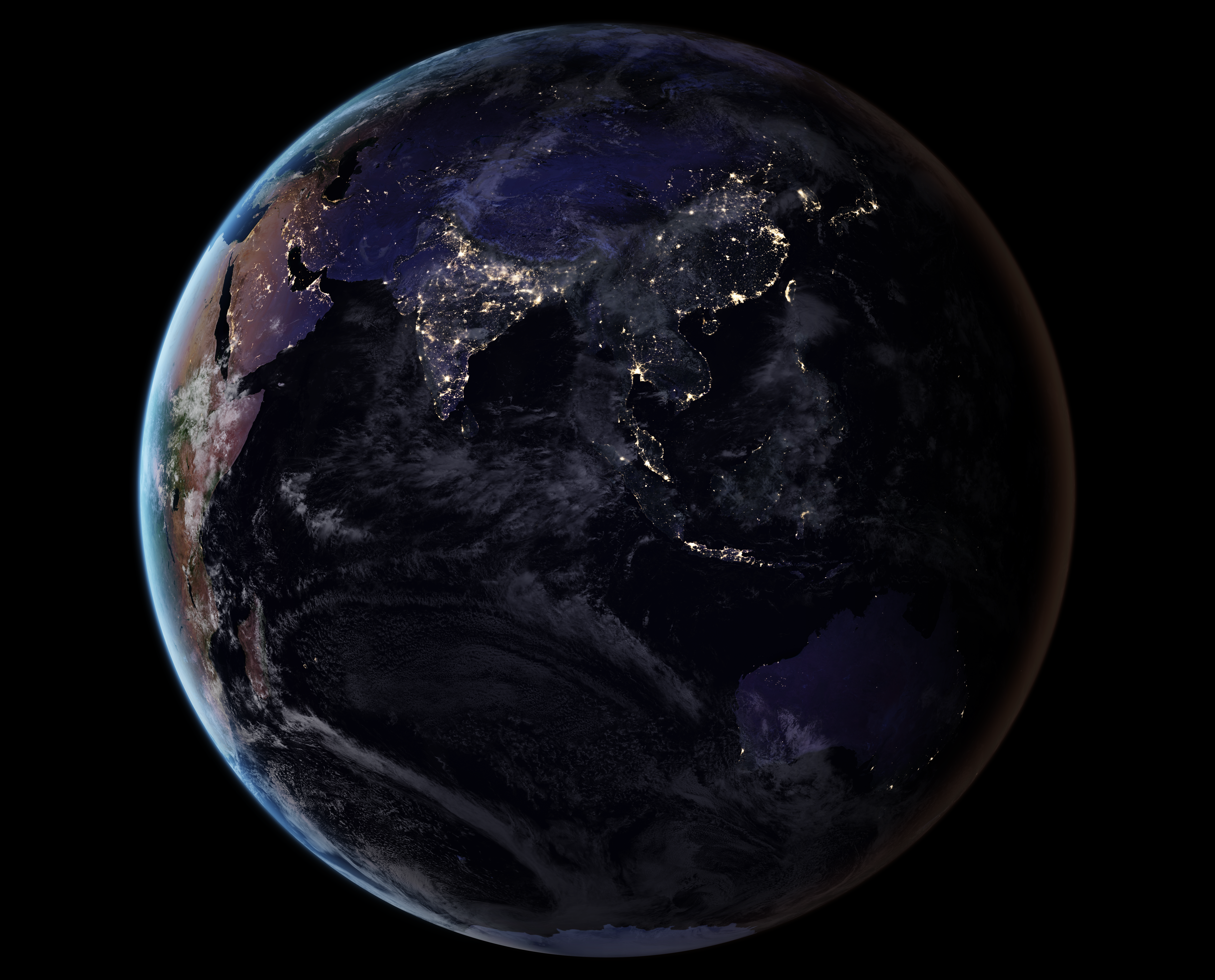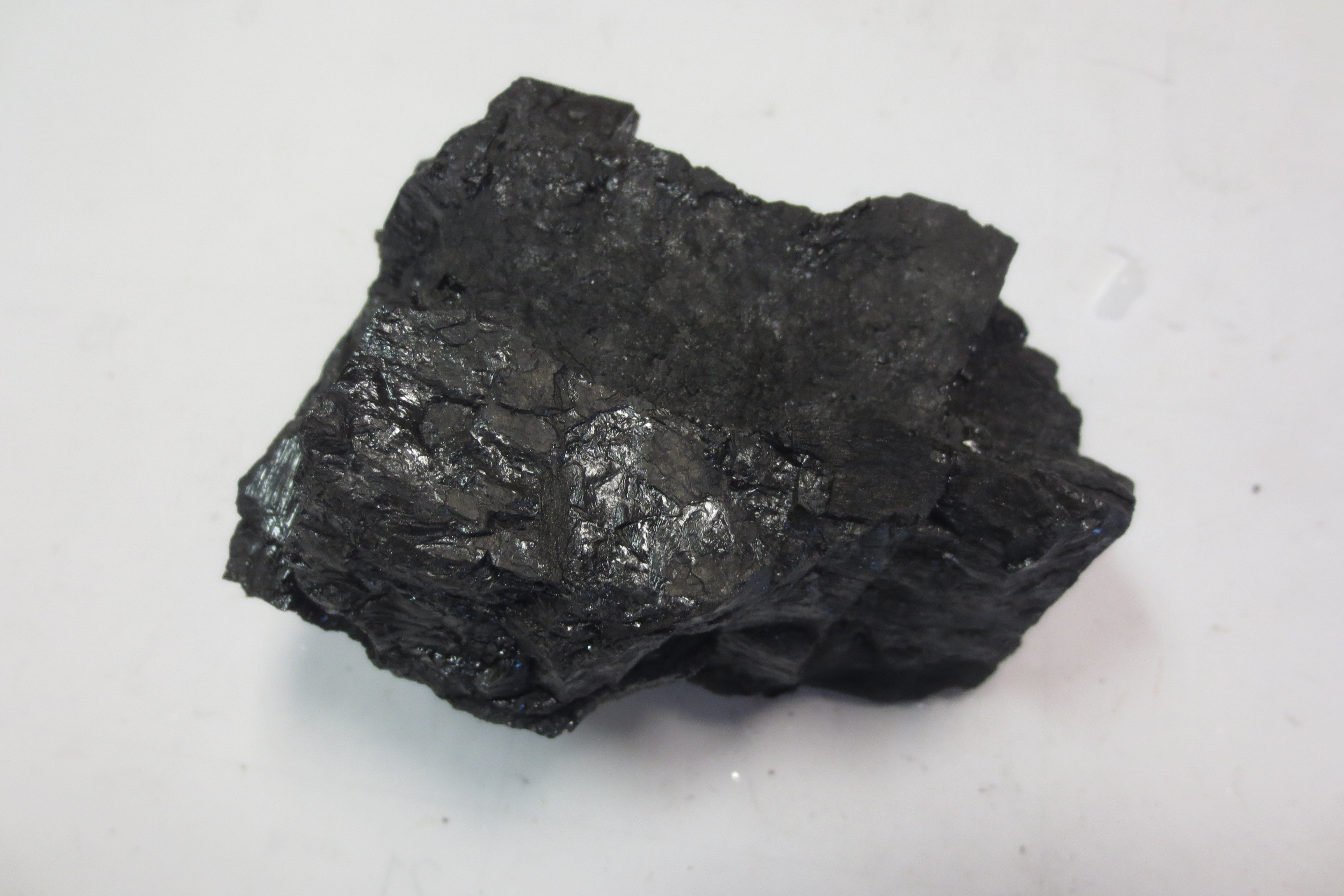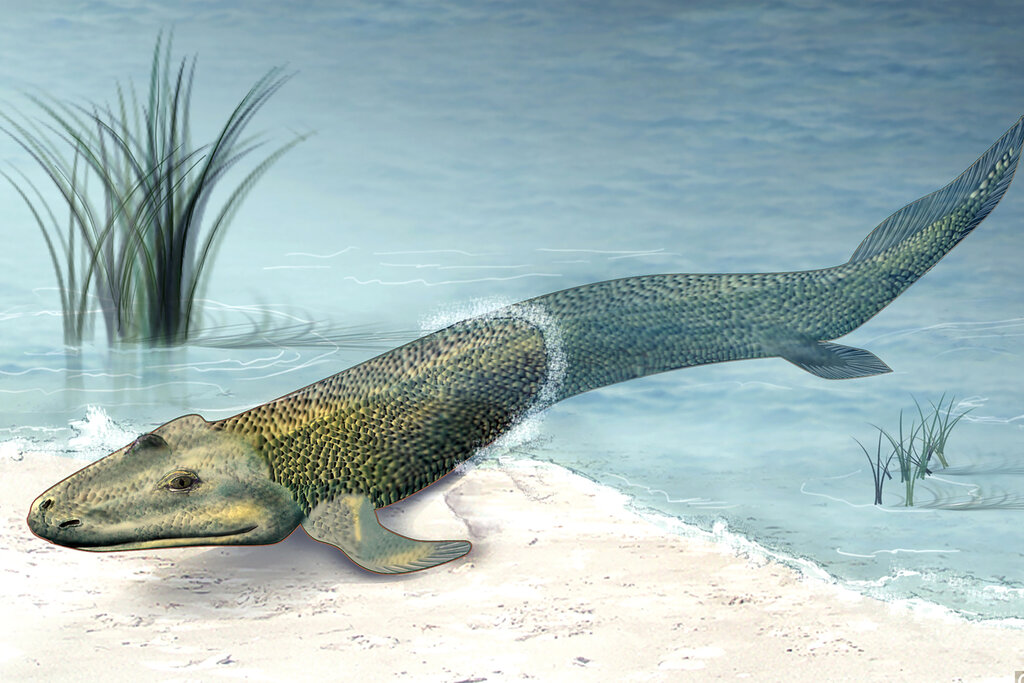“Normal” is the equilibrium state of past optimization processes
Orienting around the ideas and conclusions involved with AI x-risk can be very difficult. The future possibilities can feel extreme and far-mode, even when we whole-heartedly affirm their plausibility.
It helps me to remember that everything around me that feels normal and stable is itself the result of an optimization process that was, at the time, an outrageous black swan.
Modernity
If you were teleported into the body of a random human throughout history, then most likely, your life would look nothing like the present. You would likely be a hunter-gatherer, or perhaps a farmer. You would be poor by any reasonable standard. You would probably die as a child. You would have nothing resembling your current level of comfort, and your modern daily life would be utterly alien to most humans. What currently feels normal is a freeze-frame state of a shriekingly fast feedback loop involving knowledge, industry, and population. It is nowhere near normal, and it is nowhere near equilibrium.
The Anthropocene

For hundreds of millions of years, the earth was a wilderness, teeming with life. The teeming had ebbs and flow, evolutionary breakthroughs and power struggles, but essentially, it was a type of equilibrium.
For hundreds of thousands of years, humans were just another animal. We ran around the savanna, killed other animals and foraged for food, had sex, slept, and experienced joys and losses. If an alien were gazing at earth from afar, they would have had no reason to think humans were different from any other animal.
But all the while, humans were noticing things. They were curious, and desperate, and they had a capacity that the other animals didn’t have. They got ideas about the world, and tested them with their hands, and gave this knowledge to their children with their words. Over time, the humans became conspicuous, and eventually, they transformed every inch of their surroundings.
For a while now, humans have been a threat to the species they live with. If you are a fish or a weed or a polar bear, your biggest problem is humans. But as John Green points out in The Anthropocene Reviewed, in the 21st century, if you are the atmosphere or a river or a desert, your biggest problem is humans. The rise of humanity is no longer just an ecological phenomenon; it has kicked off a new geological epoch. The fate of the rock itself is in our hands, in a way that it never was for the other mammals, or the dinosaurs, or the trilobites.
The invention of wood

One day, plants invented wood. This was great for plants, but it had externalities. As wikipedia puts it;
The evolution of the wood fiber lignin and the bark-sealing, waxy substance suberin variously opposed decay organisms so effectively that dead materials accumulated long enough to fossilise on a large scale.
I don’t know exactly how this went down. But I like to imagine watching a forest grow on fast-forward; trees spring up, growing taller and taller, and then eventually each tree dies. Only, when these proto-trees falls down, the logs does not sink into the forest floor and dissolve into biodegraded soil. They just stay there. The tree trunks pile up for millions of years. This was the new equilibrium. The plant matter went through some chemical changes that compressed and homogenized it, but much of the plant’s stored energy remained. The energy sank deep underground as what we now call fossil fuels.
Bacteria and fungi continued evolving, and eventually they figured out how to eat the now-abundant tougher plant matter. But the coal deposits were now beyond their reach.
The historical details of these transitions are not well understood, but what is clear is that something wild happened, the surface of the earth changed, and then something else wild happened, and it changed again.
Atmospheric oxygen
Oxygen really likes to react with things. Rocks are loaded with oxygen. Rockets carry huge tanks of it along with them. It’s the reason why the earth has spontaneous fires all over its surface. Free oxygen is not normal. To a chemist, having a ton of bare oxygen around is like seeing money all over the sidewalk, or like seeing tables filled with food; there must be a party about to happen. But the oxygen is here to stay. So what is keeping it all in the sky? It is the equilibrium state of a decentralized, global optimization process.
This optimization occurred when life on earth was still single-celled. Although we are not entirely sure about the exact mechanism that caused it, it’s thought to be from the evolution of cyanobacteria figuring out photosynthesis. For hundreds of millions of years, earth’s atmosphere was normal and had virtually no oxygen, until suddenly, one event occurred, and then it had a bunch of oxygen.
It seems like the oxygen concentration was held back for a while (like, a billion years) after which point an even more dramatic shift was unleashed, and then suddenly, the oxygen levels shot up to around 20%. Wikipedia succinctly describes how not-normal this was;
The sudden injection of toxic oxygen into an anaerobic biosphere caused the extinction of many existing anaerobic species on Earth.
The evolution of life

Planets are collections of whatever space dust happened to settle down together. Each one has some distribution of elements and molecules that went through a period of being compressed into a big ball. And many of them go through some ongoing processes fueled by their star’s light, or perhaps by gravitational tidal forces. But essentially, they are all dead and passive.
One day, on one of these rocks, a molecule went through some series of physical processes such that it resulted in two of the molecule. Each of those went through the same process; iterations accumulated; slight changes occurred throughout. The changes that were worse at reproducing did so less, and the changes that were better at reproducing did so more. Things really got out of hand, and the entire surface of the earth became covered in life.
An illuminated universe
For hundreds of millions of years, the entire universe was an endless field of dusty darkness. Over time, but with increasing speed, the dust accumulated into concentrated regions, of fractal distributions. Eventually, stars and planets came into coherence. But everything was still dark until one day – you get the gist by now – a star became so dense and concentrated that the absolutely wild and not-normal process of nuclear fusion turned the entire area into a furious holocaust, a beacon of negentropy. Eventually this fire burned out, but many others took its place, including our sun. This is the state we remain in today, and will remain in until the matter fueling the equilibrium run out – or until we get to it first.
What’s next
One way that this idea serves me is to point out that if I want to understand why something is the way it is, I could consider searching for optimization processes that may have preceded it.
Another purpose of listing out these events is to emphasize how there is no normal. The world around us is just a semi-chaotic series of equilibria punctuated by phase transitions, each one paradigmatically different. Total, irreversible optimization is not unprecedented; it is what forged the world we live in today, over and over. I think it’s useful to be able to feel this in both directions; in one sense, the upcoming transition to transformative AI will be normal. In another sense, every breath you take is is a miraculous aberration.
Internalizing this idea doesn’t tell you exactly how or when the next shift will happen. But it can help you to adopt a mindset of acceptance, so that the preparation can begin.
- AI Safety − 7 months of discussion in 17 minutes by (EA Forum; 15 Mar 2023 23:41 UTC; 89 points)
- EA & LW Forums Weekly Summary (31st Oct − 6th Nov 22′) by (EA Forum; 8 Nov 2022 3:58 UTC; 39 points)
- AI Safety − 7 months of discussion in 17 minutes by (15 Mar 2023 23:41 UTC; 25 points)
- EA & LW Forums Weekly Summary (31st Oct − 6th Nov 22′) by (8 Nov 2022 3:58 UTC; 12 points)
That’s a useful overview of the everlasting chaotic change, something we short-lived and memory-impaired creatures tend to forget, and think that “things always been a certain way, but now they are suddenly changing and I don’t like it!” Most “traditions” are way younger than people think. Any equilibrium lasting a couple of generations becomes “it has always been that way” in the minds of regular folks. One of the few insightful stories in the old testament was that it takes 40 years to squeeze a slave mindset out of a people. Not sure if this is an angle you were going for.
However traditions are cultivated efforts to inculcate ideas and habits, not merely patterns of similarity.
You’ve made your point that life is full of fluctuations but what is that in reference to? Is it that in reference to the title and claiming that the hypothetical state of “normal” is the equilibrium of well-regarded states or variables and then reminding us of variability?
Is this written against some hypothetical “static world” assumption as if the hedonic treadmill was not well known?
Maybe I don’t understand what is going on since I struggle to understand references to “normality” not expressed narrowly (such as “normal range” in hormones is clear but “normal” in violence is not).
Basically exactly that, yeah. But that assumption exists both on a conscious level (in that many people don’t consciously realize how much the universe has changed) and on a subconscious level, in that many ways the world currently is feel stable, even if you know they’re not.
I agree, though I want to make a guess at what would be different, and that’s changing our own genes/psychology.
You are right that’s there’s no normal though.